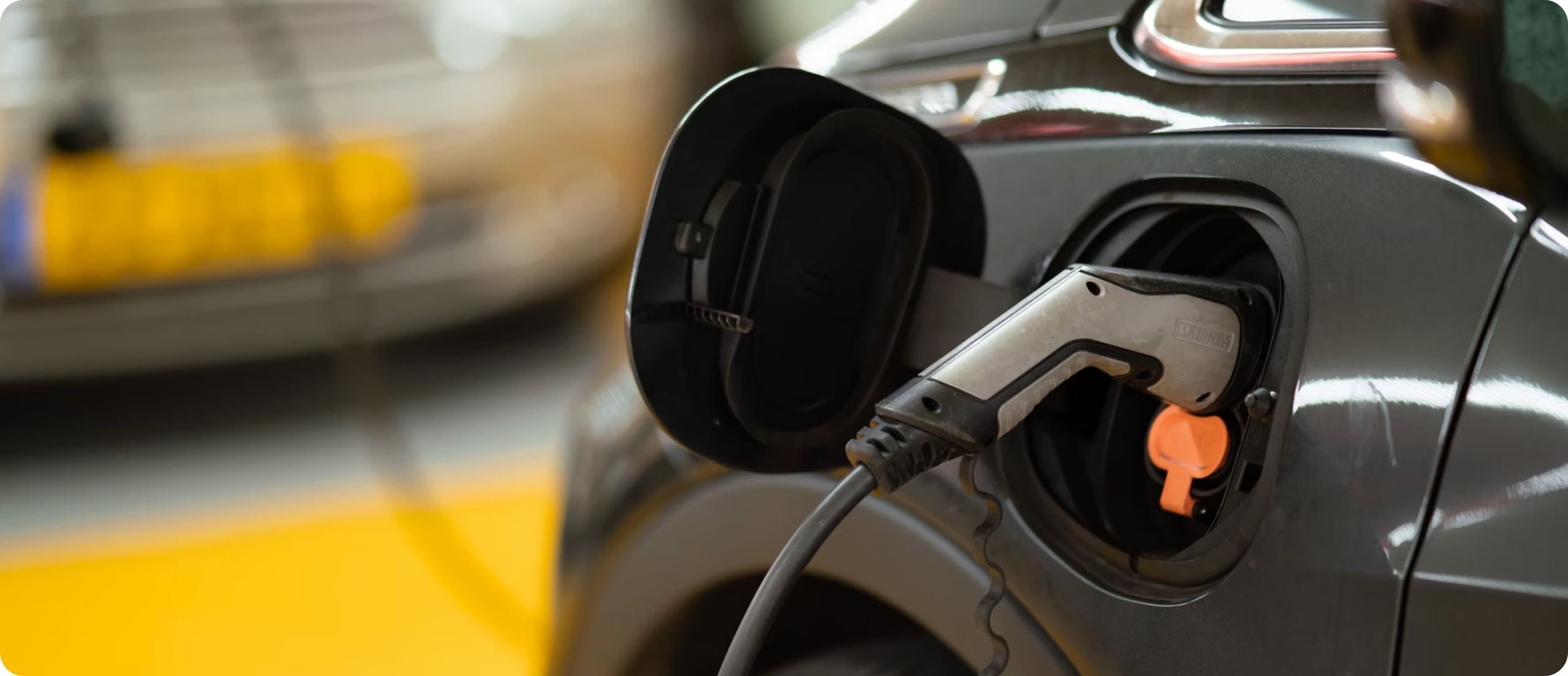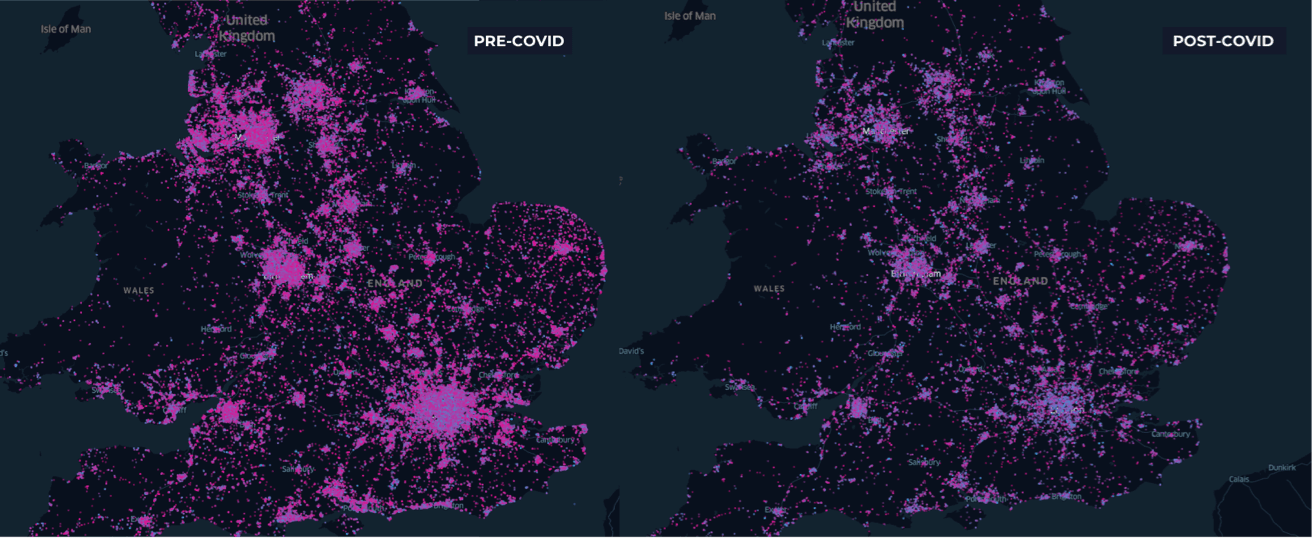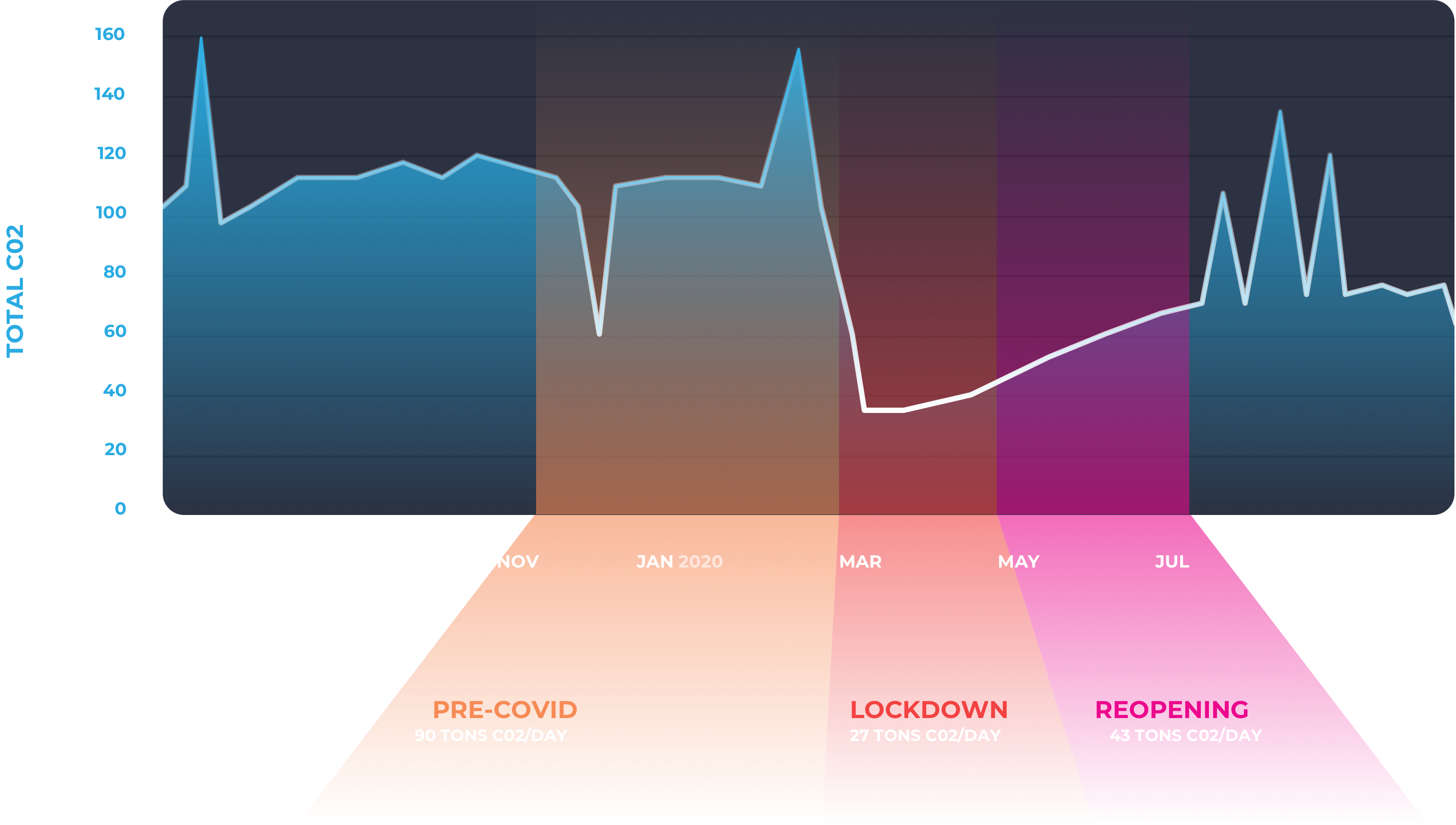Connected car data shows that converting likely EV drivers will keep emissions at the lowest Covid lockdown levels.

AUTHOR: VINLI AND ALD AUTOMOTIVE
Reductions in carbon emissions have been among the few silver linings of the COVID-19 pandemic and its associated lockdowns. As vehicle travel begins to return to pre-COVID-19 patterns, however, eco-conscious fleet managers are wondering if there's any way to maintain those lower emissions levels beyond the pandemic.
Through a study of data from over 10,000 connected vehicles in the UK, ALD Automotive and Vinli have found that a strong majority of drivers are prime candidates for electric vehicle (EV) conversion. Moreover, if these drivers were to convert to EVs, our data suggests that emission levels could permanently be reduced to the lowest levels experienced during the heights of the COVID-19 pandemic. Let's look at the numbers.
RANGE ANXIETY: NO WORRIES FOR MOST DRIVERS
Any conversation about EV adoption must start with range anxiety. Despite advances in battery capacity, many drivers still doubt whether EVs offer enough range for all the trips they need to make. But is that true? How many drivers ever travel far enough in a day to be concerned about range? And of those that do, how often? Many electric vehicles on the market today offer 200-350+ miles on a single charge.
RANGE OF ELECTRIC VEHICLES
But since 200 miles (c. 320 km) per day is the often-cited benchmark where range anxiety kicks in, we used that as our yardstick. Using real world UK driving data from over 10,000 ALD vehicles prior to the COVID-19 pandemic, it’s vividly clear from this map visualization that the vast majority of daily journeys never go beyond 200 miles.
Over the six months preceding the COVID-19 lockdown, when we break down those journeys by frequency, the numbers tell a similar story. Almost half (49%) of all drivers drove only once or twice over 200 miles during that period, or about once a quarter at most. And over 27% never drive more than 200 miles in a day.
Most significantly, 97% of the time, almost 69% drive less than 200 miles per day i.e. they drive one 200-mile day per month or less – the ‘Close-to-Homers’. It is this group, the Close-to-Homers, who are most primed for EV conversion.
When the range anxiety threshold is increased to 250 miles per day, however, the share of Close-to-Homers rises to 86%; with 43% of the 10,000 drivers never reaching that threshold at all.
Our findings, with a conservative 200-mile benchmark represent the floor of the potential opportunity, not the ceiling.
EMISSIONS: THE COVID-19 CARBON COLLAPSE

So, if 69% of personal vehicles were converted to EV, how would that compare to the dramatic reductions in emissions seen during the most intense periods of the COVID-19 lockdown?
First, let's quantify those reductions.
Pre-COVID-19, the 10,000 cars in our study averaged total emissions of 90 tons of CO2 per day*. Carbon emissions dropped by 70% (to 27 tons per day) during the most restrictive initial phase of lockdown in the UK in March and April 2020.

As restrictions loosened, we saw those emissions nudge back up to 43 tons per day during May through to July, but this was still a reduction of 53% on pre-COVID-19 levels. With guidelines more relaxed from August through to October the rise then continued to 64 tons per day of CO2, but this was still 29% down from before the pandemic.
And this is where the data really hits home. 70% reduction achieved in carbon emissions during lockdown. 69% of drivers are Close-to-Homers - strong candidates for EV conversion.
The conclusion is clear. Converting potential EV drivers would allow the UK to return to and maintain vehicle CO2 emissions at the levels achieved during the national lockdown, even if travel returned to pre-COVID-19 levels.
CLOSE-TO-HOMERS DRIVE A MIX OF VEHICLE TYPES
As we've found, almost 70% of our sample fleet drives less than 200 miles per day, at least 97% of the time. But what if these Close-to-Homers just like the cars they drive now? What if they don’t think EVs offer the same features, comfort or performance?
Our data shows that there is a wide range of vehicle types spread throughout Europe that are still great candidates for an EV conversion. Below we focused on the more popular vehicle makes/models in our dataset, and how they could transition to one of the popular EVs available in the UK that are comparable in capacity.
Our data shows that the 7,500 plus Close-to-Homers prefer various vehicle types with the top ten most common vehicle make and models being…
TURNING A CRISIS INTO AN OPPORTUNITY
By disrupting the standard patterns of daily life, the COVID-19 lockdowns have created opportunities for a fundamental change in everyday activity. Perhaps nowhere is that more evident than in our collective approach to vehicle transportation and the climate crisis.
As businesses and individuals everywhere re-examine their old habits and preferences, and as perceptions catch up to the reality of improving EV range, there's never been a better time for EVs to become the transport of choice for millions of drivers in the UK … and billions of drivers worldwide.
During lockdown, we've seen what can happen when vehicle emissions are cut by 70%. This data shows that EVs have real potential for keeping us there.